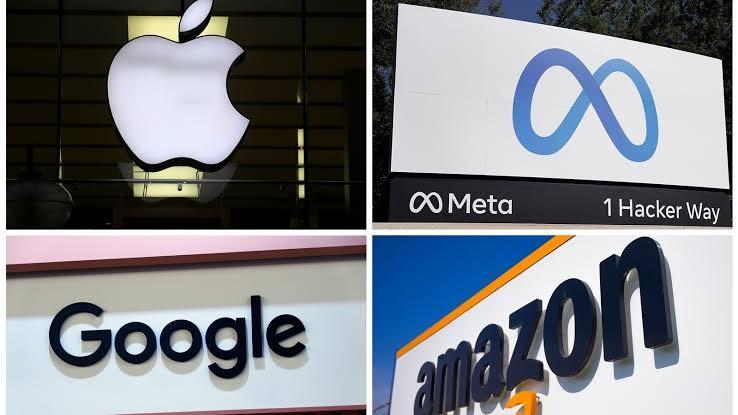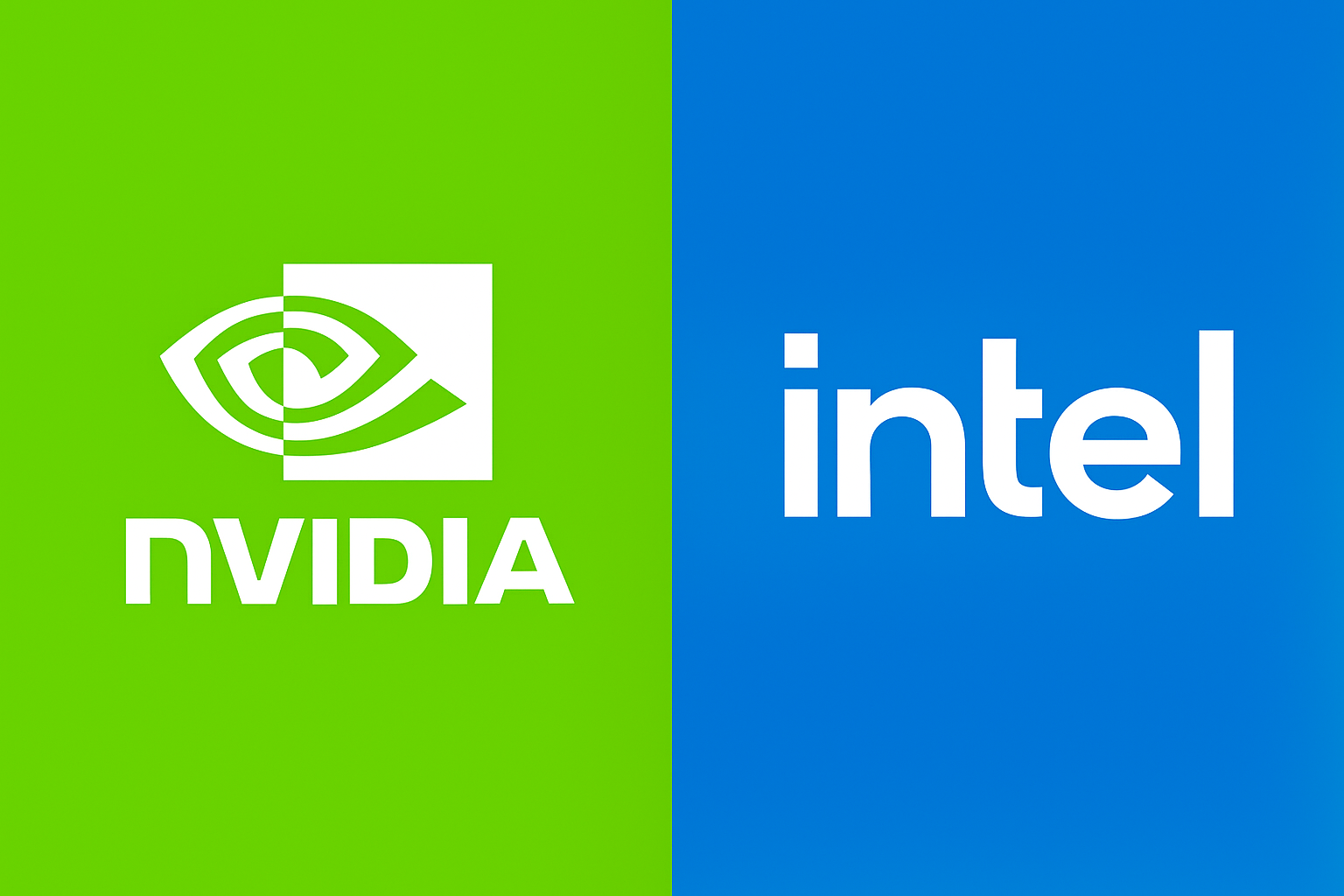The Race for AI Dominance Is Heating Up
In 2025, the artificial intelligence revolution is no longer just a buzzword — it’s a global infrastructure arms race. Tech behemoths like Google, Amazon, and Meta are investing tens of billions of dollars in building data centers, acquiring high-performance chips, and scaling AI model training infrastructure. The stakes are enormous, with trillions of dollars in future productivity, innovation, and global influence on the line.
This isn’t about who has the smartest chatbot anymore. It’s about who controls the world’s digital backbone for the next era of intelligence.
Why Are Tech Giants Pouring Billions into AI Infrastructure?
The rapid growth of generative AI applications — from LLMs like GPT to multimodal models that generate images, video, and even music — demands unprecedented compute power. To stay competitive, major players are:
- Building massive data centers across the globe
- Securing GPU supply chains (especially NVIDIA H100s and Blackwell chips)
- Creating proprietary AI stacks for internal and public use
- Acquiring AI startups to integrate new tech faster than rivals
According to insiders, Amazon Web Services (AWS) alone is projected to double its infrastructure spending in 2025, much of it dedicated to AI workloads.
The Hidden Costs: Energy, Ethics, and Ownership
While these AI investments signal technological progress, they’re also sounding alarm bells across key sectors.
1. Power Consumption Concerns
Training a single large AI model can use as much energy as 100 U.S. homes consume in a year. As data centers expand, so does their carbon footprint. Environmental activists are urging companies to commit to green energy and transparency in AI energy reporting.
2. Legal Backlash from Artists and Creators
A growing number of artists, musicians, and writers are pushing back. Their works — often scraped without consent — have been used to train AI models that now generate derivative content. Lawsuits against companies like Meta and OpenAI are gaining traction, potentially reshaping how data for AI is collected and used.
3. Ethical Data Use
With the scale of AI models growing exponentially, ethical questions about bias, misinformation, and surveillance are becoming impossible to ignore.
Who’s Winning the AI Arms Race?
While it’s still early days, here’s a quick scoreboard:
| Company | Key AI Infrastructure Moves |
|---|---|
| Gemini model scaling, TPU chips, data center expansion in Europe | |
| Amazon | Project Olympus, Bedrock services, exclusive chip deals |
| Meta | LLaMA model series, open-source push, custom silicon investments |
| Microsoft | Azure OpenAI partnership, AI-native infrastructure expansion |
| NVIDIA | At the center of it all — supplying GPUs to everyone |
The competitive edge will likely go to those who combine scalable compute, cutting-edge models, and responsible AI governance.
What This Means for Startups, Investors, and Users
- Startups should expect increasing barriers to entry in foundational AI unless supported by infrastructure partners.
- Investors are betting on companies building AI-enabling technologies: chips, cooling systems, and cloud infrastructure.
- Consumers will gain access to more powerful AI tools — but must demand transparency and data ethics from developers.
Final Thoughts
The trillion-dollar AI arms race is more than just a Silicon Valley pissing contest — it’s a reshaping of the internet’s foundation. As companies fight for dominance in AI infrastructure, the ripple effects will define how we work, create, and connect for decades to come.
We’re witnessing the dawn of the AI-powered internet. But who will own it — and at what cost?








